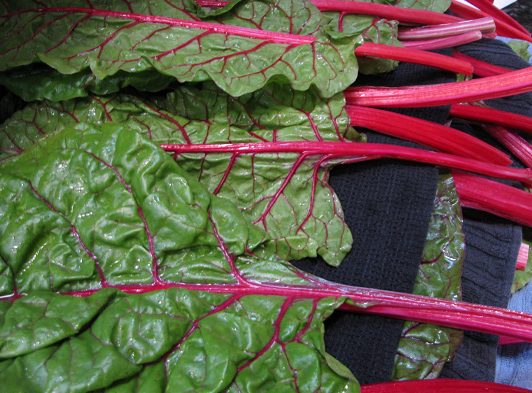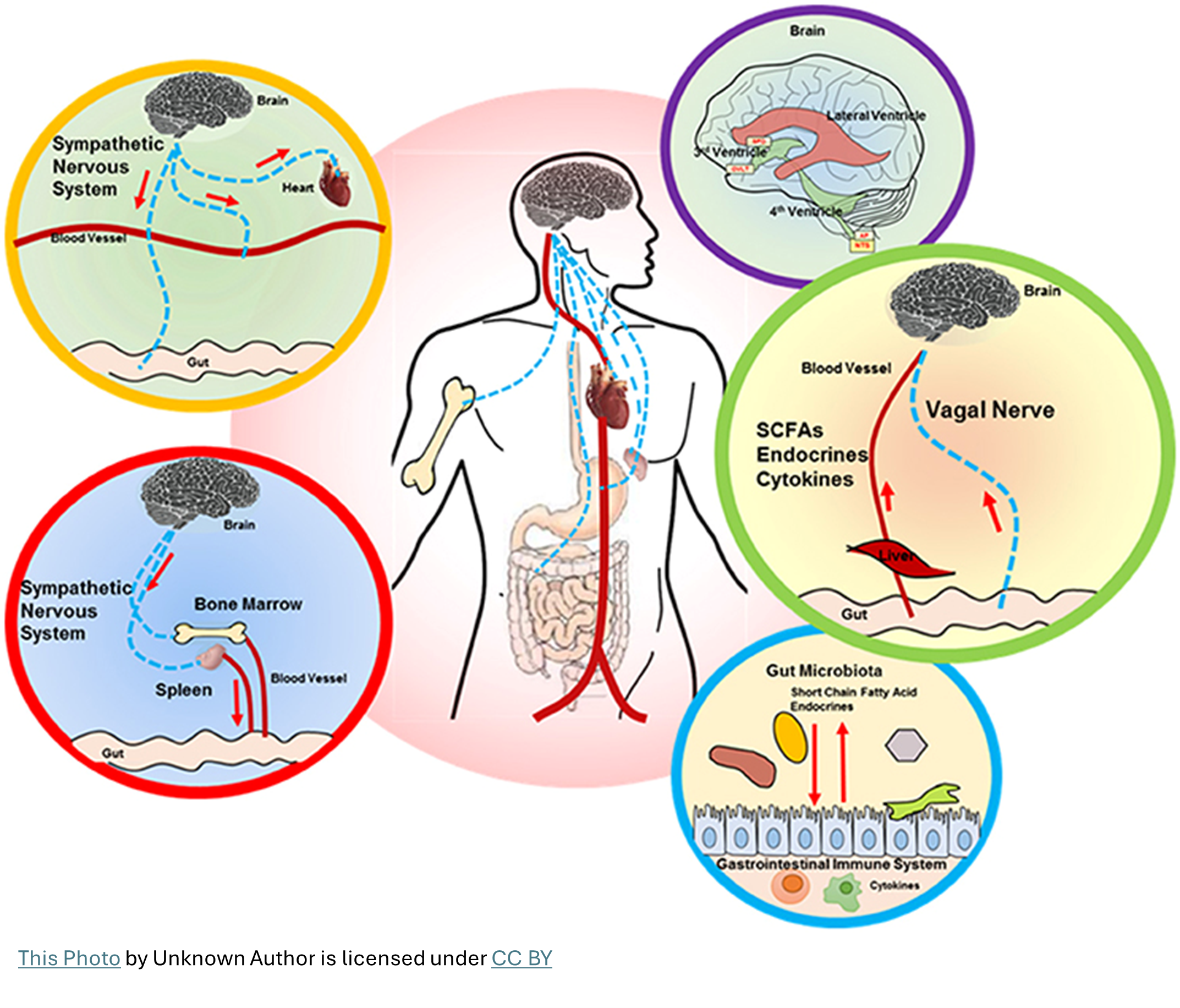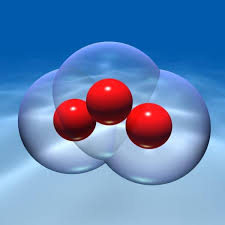In today’s health-conscious world, many of us strive to include more fruits and vegetables in our diets. However, concerns about pesticide residues on produce can be daunting. Understanding which items carry higher pesticide levels and how to minimize exposure is crucial for making informed choices.
The Dirty Dozen and Clean Fifteen
Each year, the Environmental Working Group (EWG) publishes the “Dirty Dozen,” a list highlighting the 12 fruits and vegetables with the highest pesticide residues. The 2024 list includes:
- Strawberries
- Spinach
- Kale, collard, and mustard greens
- Grapes
- Peaches
- Pears
- Nectarines
- Apples
- Bell and hot peppers
- Cherries
- Blueberries
- Green beans
Conversely, the “Clean Fifteen” list features produce with the least pesticide residues, such as avocados, sweet corn, and pineapples. Opting for organic versions of items on the Dirty Dozen list can reduce pesticide exposure.
Effective Washing Practices
While washing produce is essential, it’s not always sufficient to remove all pesticide residues. Studies have shown that rinsing with water alone may not eliminate pesticides that have penetrated beyond the skin. Peeling can be more effective but may lead to nutrient loss. For a balanced approach, consider soaking produce in a baking soda solution (1 teaspoon of baking soda per 2 cups of water) for 12-15 minutes, then rinsing thoroughly.
Making Informed Choices
Being aware of pesticide levels in produce empowers you to make healthier choices. Prioritizing organic options for high-residue items, employing effective cleaning methods, and staying informed through reputable sources can help minimize potential risks associated with pesticide exposure.





